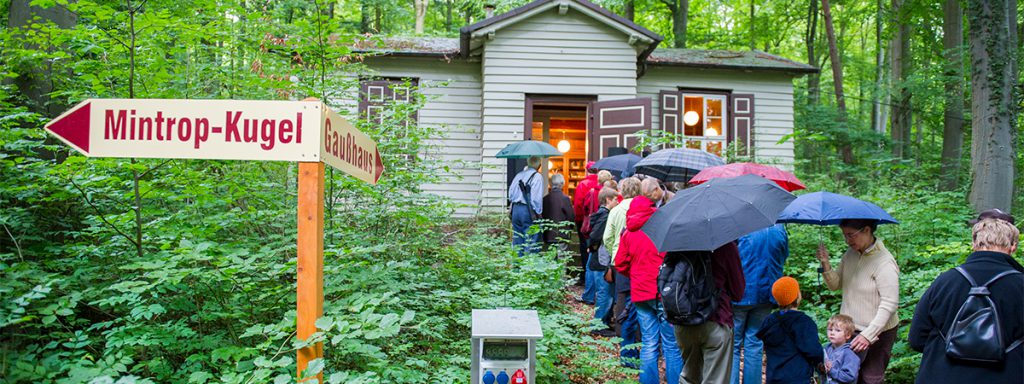
The Gauß house
Here Carl Friedrich Gauß researched geomagnetism.
Historical Earthquake Station | Gauß house and earth magnetism
Magnetic Club Göttingen
Together with Wilhelm Eduard Weber (1804 – 1891) Gauss developed new measuring instruments such as the bifilar magnetometer, with which the intensity of the earth’s magnetic field could be measured with a sensitivity ten times greater than before. It was now possible to study the Earth’s magnetic field and its changes closely, and so Gauss, with the support of Alexander von Humboldt, founded the Göttingen Magnetic Society, the center of which was the Earth Magnetic Observatory from 1836 to 1941. On 28 agreed days, every 5 minutes after Göttingen time, the changes in the earth’s magnetic field were determined with the aid of a measuring method developed by Gauss at up to 53 observatories. For example, On 18 August 1840, a “geomagnetic storm” registered, and Gauss already guessed that these strong magnetic field changes can not originate from the Earth’s interior.
Today there is a computer-assisted magnetometer in the Gaußhaus, which tries to measure and plot the temporal changes in the direction of the horizontal earth’s magnetic field (changes in declination) in a similar way to the Göttingen Magnetic Association.


